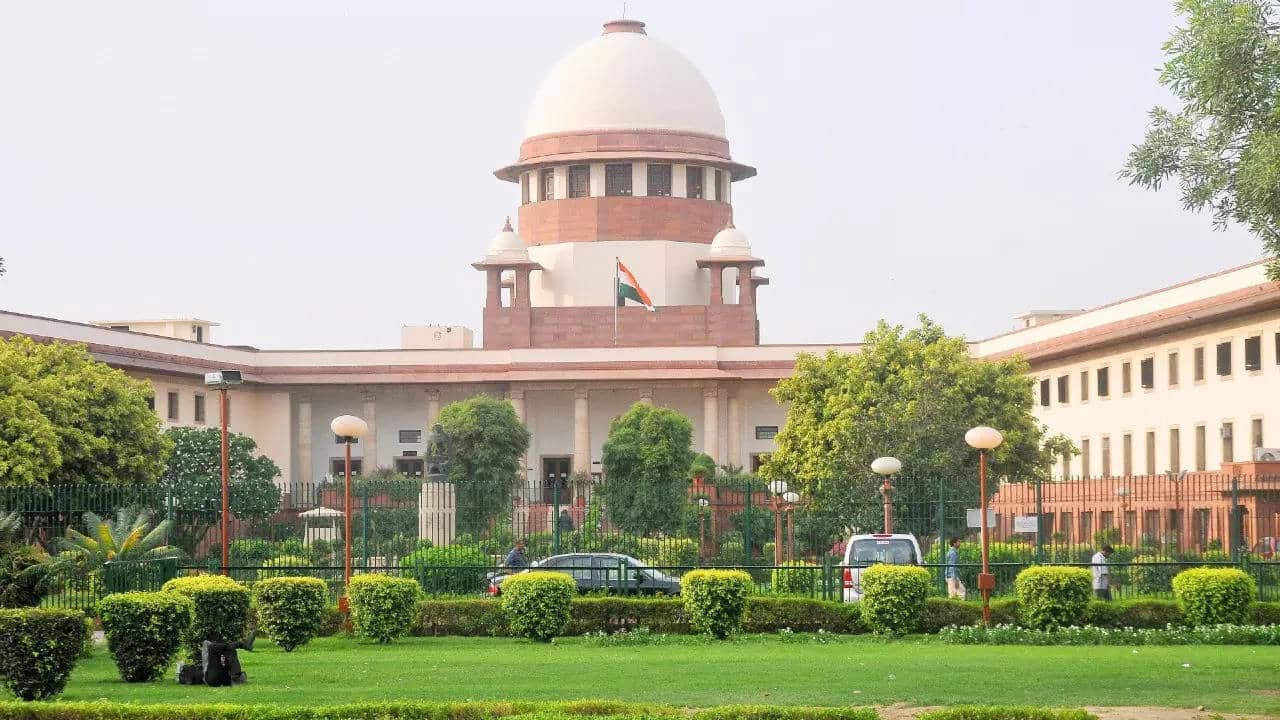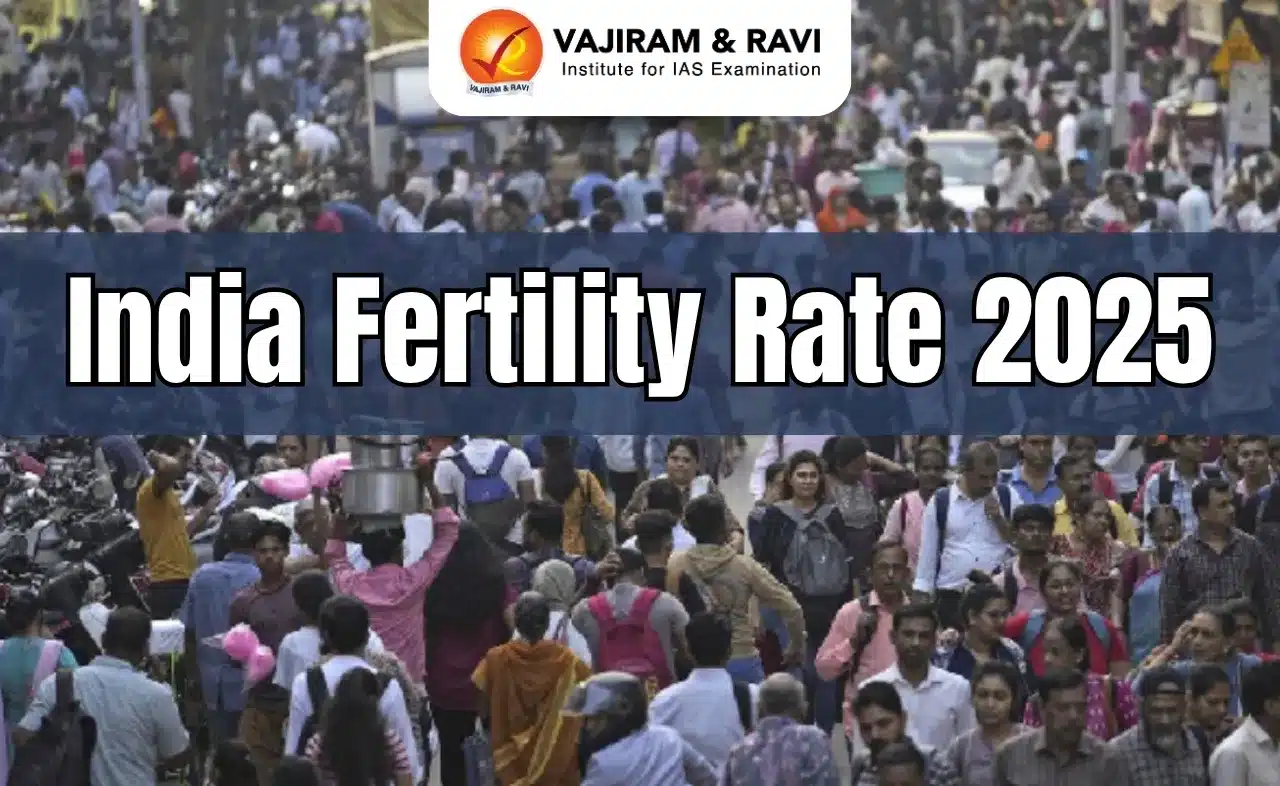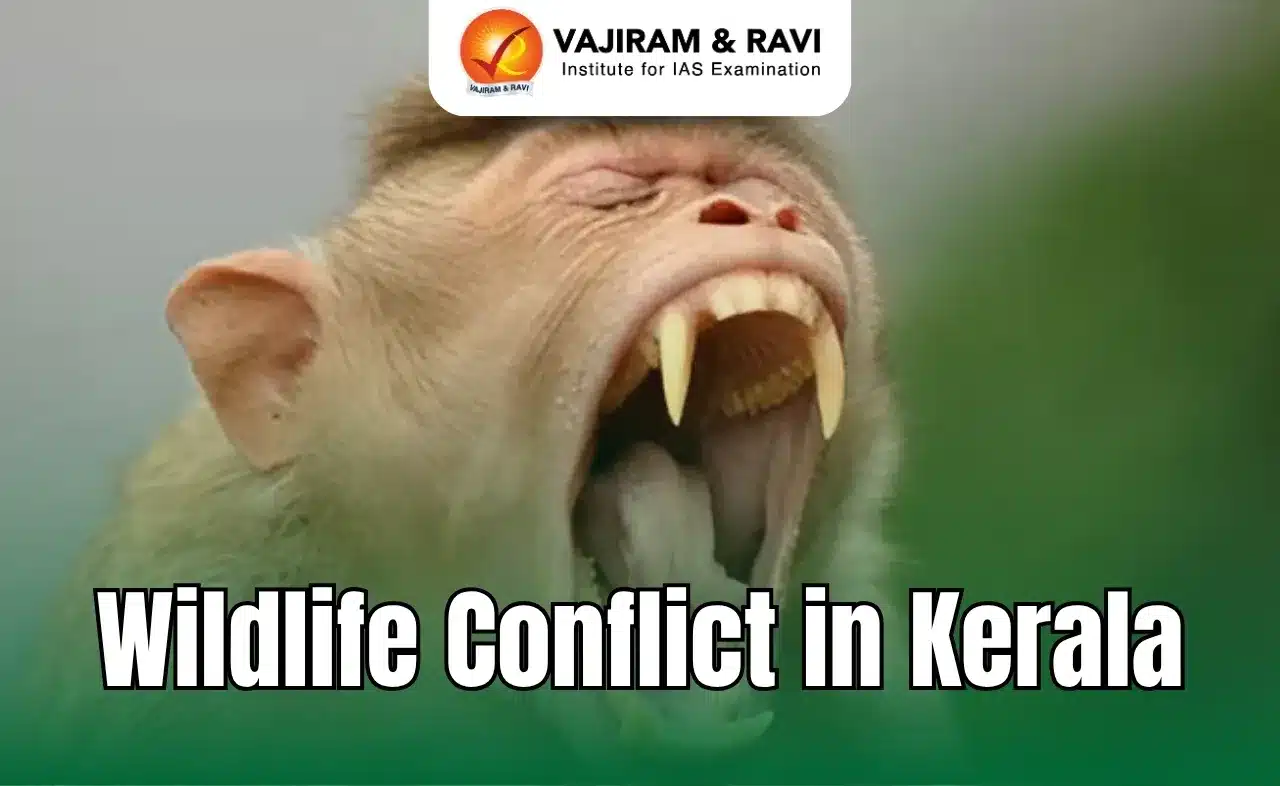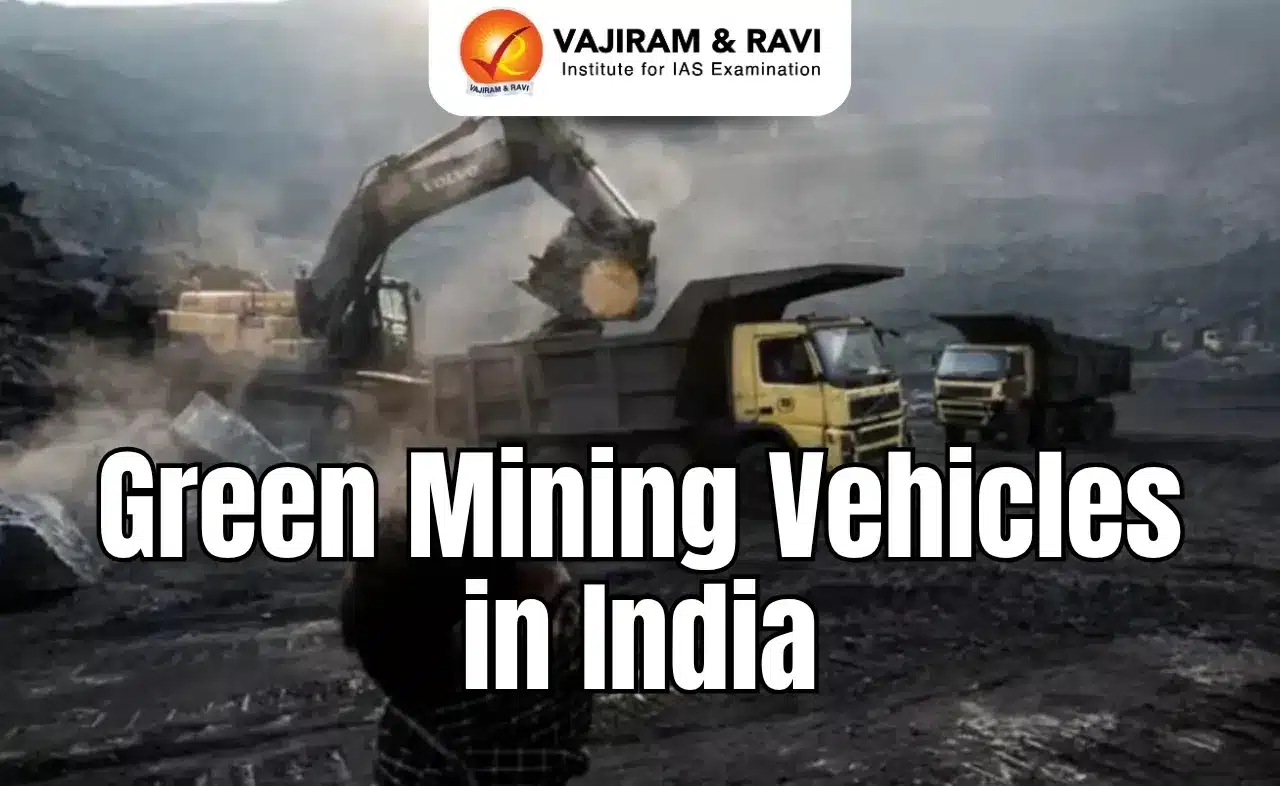What’s in today’s article?
- Why in News?
- What is the Current Procedure for Getting a Divorce in India?
- Can the Process Happen More Quickly in Certain Cases?
- Article 142 of Indian Constitution
- What was the Case before the SC?
Why in News?
- A constitution bench of the Supreme Court of India recently held that it can exercise its powers under Article 142 of the Constitution to directly grant divorce to consenting parties, in cases of irretrievable breakdown of marriage.
What is the Current Procedure for Getting a Divorce in India?
- The Hindu Marriage Act 1955 (HMA) lays down the procedure to obtain a divorce by mutual consent.
- It states that both parties can file a petition for dissolution of their marriage in the district court, on the grounds that
- They have been living separately for a year or more or
- They have not been able to live together or have mutually agreed to dissolve their marriage.
- These provisions apply when at least one year has elapsed since the marriage took place and can be sought by either spouse on grounds like
- Adultery, cruelty, desertion, religious conversion,
- Insanity, leprosy, venereal disease, renunciation and presumption of death.
- Further, both parties seeking divorce have to wait between 6 to 18 months from the date on which they presented their petition to obtain the divorce decree.
- The six-month period is given so that the parties have ample time to withdraw their plea.
- After the passage of the mandated period and hearing from both parties, if the court is satisfied, it may conduct an inquiry and pass a decree of divorce.
- Issues with the current process is that it is time-consuming and lengthy, owing to a large number of cases pending before the courts.
Can the Process Happen More Quickly in Certain Cases?
- In circumstances of exceptional hardship, a divorce petition may be allowed (by the HMA) even before the lapse of one year since marriage.
- The mandatory six-month waiting period can also be waived by filing an exemption application before a family court.
- According to the SC, where there is a chance of even slight reconciliation, the cooling period of six months should be enforced.
- If the marriage has broken down irretrievably (which can be read under the grounds of cruelty), the spouses have been living apart for a long time, it is better to end the marriage.
- If the parties wish to opt for a divorce more expeditiously, they can approach the SC under Article 142 for the dissolution of their marriage.
Article 142 of Indian Constitution:
- Powers of SC under this article:
- The Art. 142 confers on the Supreme Court plenary power to pass such decree or make such order as is necessary for doing complete justice.
- The SC can do so in any cause or matter pending before it.
- Noticeable Use of Article 142:
- Art. 142 remained unnoticed till the SC gave its decision in The Bhopal Gas Disaster Case.
- By using powers under Art 142, SC quashed all criminal proceedings arising out of the disaster.
- Limitations of Article 142: SC held that while exercising power under this article:
- The court should not ignore the substantive rights of a litigant under the existing law.
- The power could not be used to supplant substantive law applicable to a case.
- Express statutory provisions cannot be ignored.
- It cannot exercise the jurisdiction in violation of the statute.
What was the Case before the SC?
- In 2014, a case (Shilpa Sailesh vs. Varun Sreenivasan) was filed in the SC, where the parties sought a divorce under Article 142.
- The court granted divorce to the parties using its Article 142 powers. However, it clarified that the question of whether it can directly grant divorce under Article 142 without referring the parties to a family court would remain open.
- Earlier, the court said that it would
- Determine what rules should be followed while dissolving marriages directly under Article 142.
- Clarify whether the application of its power under Article 142 would extend to all divorce cases;
- For this, the court appointed senior advocates Dushyant Dave, Indira Jaising, Meenakshi Arora, and V. Giri as amicus curiae, for assistance in the case.
Q1) What is the Hindu Marriage Act 1955?
Any marriage between two Hindus solemnized after the commencement of this Act is void if at the date of such marriage either party had a husband or wife living.
Q2) What makes the Supreme Court of India one of the most powerful Judiciary systems in the world?
It can interpret the constitution, can declare any law invalid and have the power of Judicial review. This makes the Indian judiciary one of the most powerful Judiciary systems in the world.
Source: Supreme Court rules it can directly grant divorce to couples under Article 142: How does the process work?| IE
Last updated on June, 2025
→ UPSC Notification 2025 was released on 22nd January 2025.
→ UPSC Prelims Result 2025 is out now for the CSE held on 25 May 2025.
→ UPSC Prelims Question Paper 2025 and Unofficial Prelims Answer Key 2025 are available now.
→ UPSC Calendar 2026 is released on 15th May, 2025.
→ The UPSC Vacancy 2025 were released 1129, out of which 979 were for UPSC CSE and remaining 150 are for UPSC IFoS.
→ UPSC Mains 2025 will be conducted on 22nd August 2025.
→ UPSC Prelims 2026 will be conducted on 24th May, 2026 & UPSC Mains 2026 will be conducted on 21st August 2026.
→ The UPSC Selection Process is of 3 stages-Prelims, Mains and Interview.
→ UPSC Result 2024 is released with latest UPSC Marksheet 2024. Check Now!
→ UPSC Toppers List 2024 is released now. Shakti Dubey is UPSC AIR 1 2024 Topper.
→ Also check Best IAS Coaching in Delhi






















